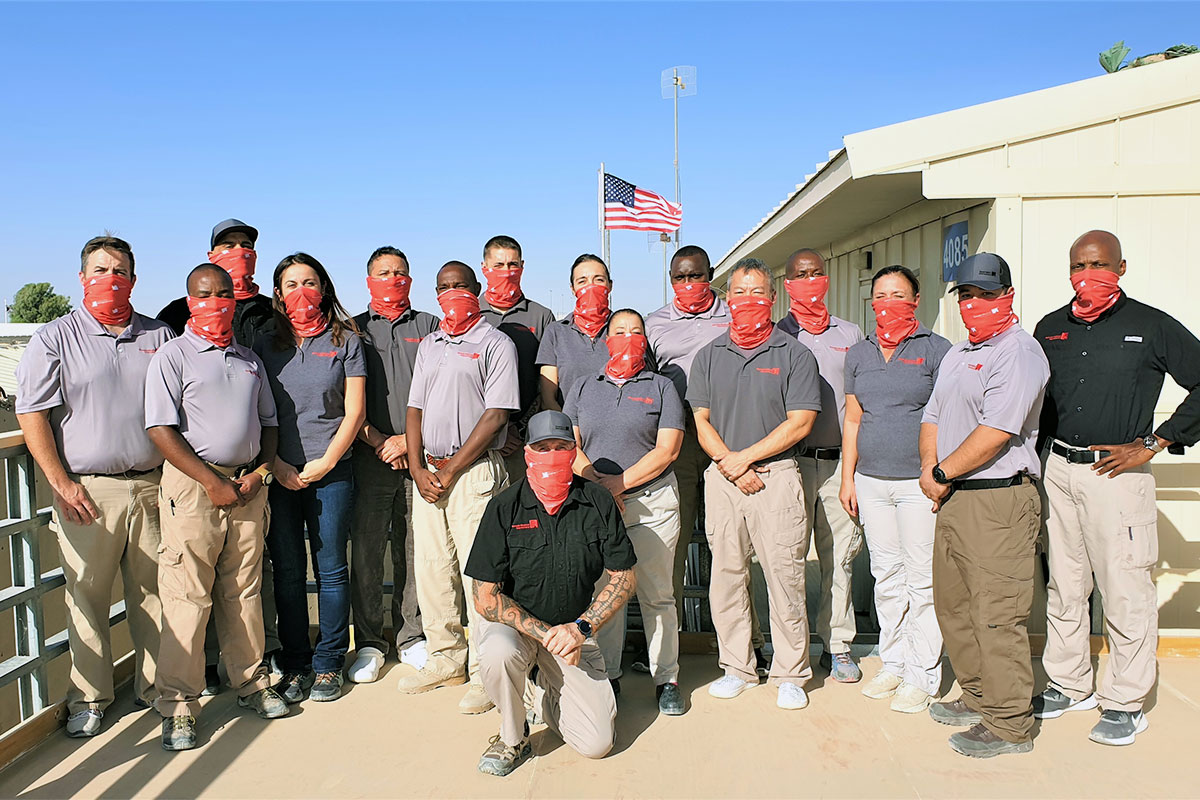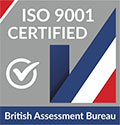When dental emergencies come to mind, people often think: “Pull the tooth!†or “Wait a second—teeth injuries aren’t emergencies!†However, having basic knowledge of common dental complaints in the field can make remote site work, expeditions, and even holidays much more enjoyable.
The most common dental emergencies encountered in the field include: chipped teeth, lost or avulsed teeth, broken crowns, necrotic teeth and periodontal abscesses. Above all else, the best dental emergency care is prevention in the form of pre-trip dental check-ups as well as routine dental care in the field. But when the inevitable incident occurs, the ability to recognize and manage an emergency can potentially save teeth, reduce pain, and decrease the potential need for an evacuation due to a major infection. In order to increase your response time, it is important to become familiar with the following in order to increase the quality and effectiveness of patient assessments:
Dental Anatomy:
- Enamel: the outside layer and protective covering.
- Dentin:Â the middle layer of the tooth; dentin can regenerate and, if exposed, be sensitive to temperature and pressure changes.
- Pulp: the inner tooth layer that provides blood and nerve supply to each tooth; pulp is highly sensitive to temperature and pressure changes and painful when exposed.
- Cementum: the connective tissue of the tooth; cementum is located primarily at the root and connects the tooth to the jaw bone.
Common Dental Emergencies:
- Chipped Teeth: Often caused by trauma to the face, a chip that is only as deep as the enamel can be left untreated. However, any chipped teeth with dentin or pulp exposed may require temporary covering as the nerve exposure will make the tooth quite sensitive to temperature and pressure changes.
- Partially Avulsed Teeth: Irrigate the tooth bed to remove any obvious debris and gently replace the tooth back into anatomical alignment. Splint the injured tooth to adjacent teeth with floss and wax as needed. Encourage a soft food diet and consider pain management needs.
- Fully Avulsed Teeth: There is a fifteen-to-sixty minute window in which fully avulsed teeth should be replaced to increase the potential for root regeneration. Irrigate the socket to ensure that there is no clot or debris. Handle the tooth from the top portion only to prevent unnecessary removal of cells from the root surface required for root regeneration. If you are unable to replace the tooth, transport it in a container with the patient’s saliva or milk if available. Dental follow-up will be required.
- Lost or Cracked Crown: This can often happen when eating hard foods. The remaining tooth will likely be very sensitive to pressure and temperature changes and a there may be a visible cavity. Treatment involves thorough irrigation of the tooth to clear debris, the use of Cavit or IRM temporary filling material to re-seat the lost crown. Have the patient bite firmly to seat the filling. If the crown is nowhere to be found, Cavit or IRM can be used on its own as a temporary filling material to help cover exposed pulp and reduce associated pain with its exposure. Stress to the patient that this is a temporary filling only and that once back to an urban setting; dental follow-up will be required.  For pain management clove oil, eugenol oil or benzocaine as be found to be effective for temporary pain relief if Cavit is not available.
- Necrotic Tooth: Any teeth with cavities may result in dentin and pulp exposure, which can be very painful for the patient. It is important that the patient avoid hot and cold foods, maintain good dental hygiene, and pursue dental follow-up. In the interim, a temporary filling with Cavit or IRM can be applied. Again, it is vital that the tooth is thoroughly irrigated to clear debris from the tooth before applying the filling material.
- Periodontal Abscess: Periodontal abscesses are acute infections in the tissues adjacent to a tooth that may be necrotic or have a foreign body between the tooth root and gum line. This emergency is often a result of poor dental hygiene.  Periodontal abscesses can cause localized, deep, throbbing pain in the gums surrounding the affected tooth, which often leads to swelling and redness as well as sensitivity to percussion. The affected tooth may become loose and, in advanced cases, the patient may present facial swelling, fevers, and swollen lymph glands.
- Localized Abscess: Localized abscesses can be treated with salt water rinses and good dental hygiene. However, in more severe cases, the abscess may need to be drained, and the patient may require oral or even intravenous antibiotics. It is important to recognize the problem early and prevent it from getting to this stage—especially in the remote setting.
References:
Cinati, R. Middleton, C., Allison, S. Chapter 10: Dentistry, Special Operation Forces Medical Handbook, 2nd edition. U.S. Government Printing Office, Washington DC, 2008.
College of Registered Nurses of British Columbia. Remote Nursing Certified Practice Adult Decision Support Tool: Dental Abscess. August 2010/Pub. 734.
Hayes, Alyssa (2014). ‘Filling a Gaping Hole in Health Care.’ Canadian Nurse April 2014 Volume 110 Number 3, p. 44.
Nelson, Raechel. (2012) Dental Issues in the Backcountry. Wilderness Medicine Society Conference. Salt Lake City, Utah. February 5, 2012.
Nweeia, M. Dental Medicine on Expedition. In Bledsoe G., Manyak, M., Townes, D. eds. Expedition and Wilderness Medicine. New York, NY. Cambridge University Press; 2009: 595-610.
Valenti, A. and Smith, DJ. (2012). Remote Medicine for the Advanced Provider Course Manual, 1st edition.


